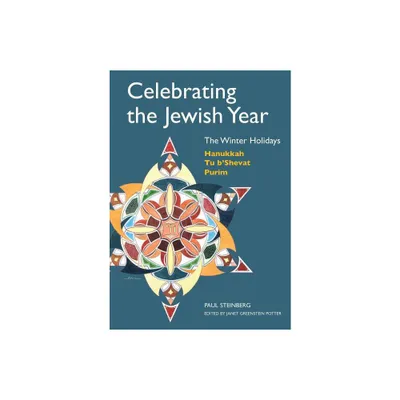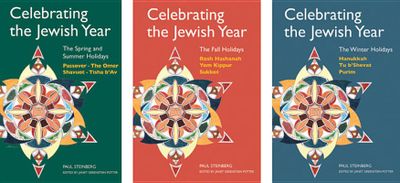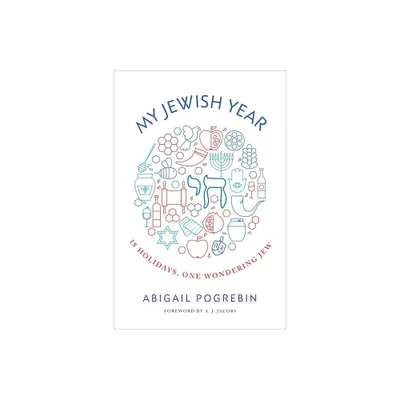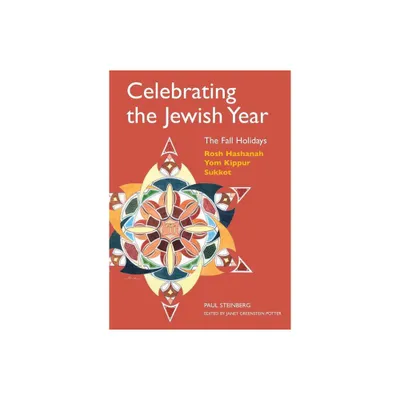Home
Haphtara Cycles: A Handbook to the Haphtaroth of the Jewish Year
Loading Inventory...
Barnes and Noble
Haphtara Cycles: A Handbook to the Haphtaroth of the Jewish Year
Current price: $129.00


Barnes and Noble
Haphtara Cycles: A Handbook to the Haphtaroth of the Jewish Year
Current price: $129.00
Loading Inventory...
Size: OS
*Product Information may vary - to confirm product availability, pricing, and additional information please contact Barnes and Noble
This important volume describes and analyzes each of the seventy-nine haphtaroth of the year, covering the Sabbath and the Festivals and Fast days for both Ashkenazim and Sephardim.Every week in the synagogue, Jews listen to a different haphtara (a selection from the Prophets) related in some way to the Torah reading that precedes it. These haphtaroth contain biblical passages of exceptional historical and literary merit but are usually glossed over as of little interest, especially as they contain many obscure terms and references. It is generally held that the haphtaroth were instituted as a substitute for the Torah readings during an early period of persecution under the Syrians/Greeks, but the author, Stephen Gabriel Rosenberg, shows this to be a questionable theory. After examining other alternatives, he demonstrates that the haphtara grew out of the early practice of adding a homiletic text after the Torah reading, and this in itself was based on the original public pronouncements of many of the Prophets themselves.
The Haphtara Cycle: A Handbook to the Haphtaroth of the Jewish Year
describes and analyzes each of the seventy-nine haphtaroth of the year, covering the Sabbath and the Festivals and Fast days for both Ashkenazim and Sephardim. The author gives the historical background to passages in Isaiah, Jeremiah, Ezekiel, and the twelve (minor) Prophets, and also the earlier sections in Joshua, Judges, Samuel, and Kings. Rosenberg draws parallels from archaeology and extra-biblical sources and looks at the commentaries of the Talmud and the Midrash, medievalists like Rashi and Kimchi, and moderns such as Mendel Hirsch and Issachar Jacobson. This book throws new light on the passages of the many biblical works that we read each week in the synagogue but that we tend to ignore for lack of explanatory material. This deficiency has now been filled by a work that is both accessible and scholarly and should be readily available in every synagogue where the haphtara is read.
The Haphtara Cycle: A Handbook to the Haphtaroth of the Jewish Year
describes and analyzes each of the seventy-nine haphtaroth of the year, covering the Sabbath and the Festivals and Fast days for both Ashkenazim and Sephardim. The author gives the historical background to passages in Isaiah, Jeremiah, Ezekiel, and the twelve (minor) Prophets, and also the earlier sections in Joshua, Judges, Samuel, and Kings. Rosenberg draws parallels from archaeology and extra-biblical sources and looks at the commentaries of the Talmud and the Midrash, medievalists like Rashi and Kimchi, and moderns such as Mendel Hirsch and Issachar Jacobson. This book throws new light on the passages of the many biblical works that we read each week in the synagogue but that we tend to ignore for lack of explanatory material. This deficiency has now been filled by a work that is both accessible and scholarly and should be readily available in every synagogue where the haphtara is read.


















